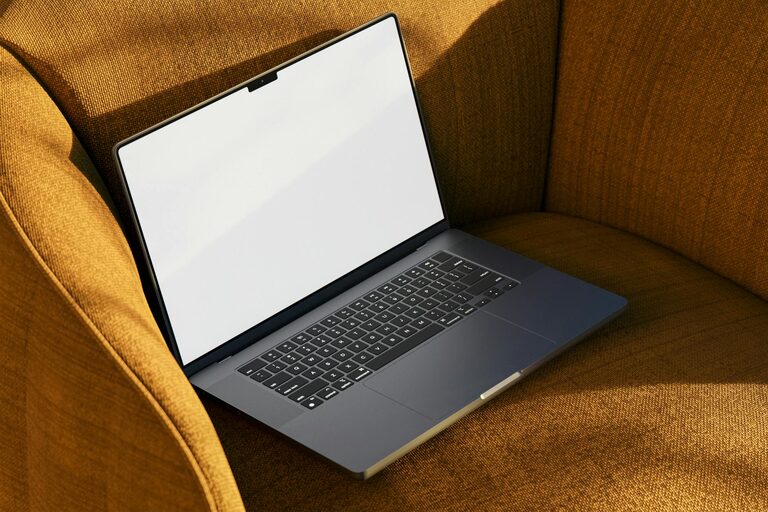Working long hours at a desk requires the right support to keep you comfortable and focused. A good desk chair isn’t just a place to sit—it plays a crucial role in maintaining proper posture and reducing fatigue. Choosing the right chair can be overwhelming given the many options available. This guide will help you understand what features to look for so you can pick a chair that suits your needs perfectly.
Why Comfort Matters in a Desk Chair
Spending hours seated without proper support can lead to back pain, stiffness, and decreased productivity. A comfortable chair not only cushions your body but also encourages healthy posture by supporting your spine’s natural curve. When you feel comfortable, you are more likely to stay focused and avoid frequent breaks caused by discomfort.
Key Features to Consider When Choosing a Desk Chair
1. Adjustable Height
Height adjustability is essential for aligning your chair with your desk. Your feet should rest flat on the floor with your knees at roughly a 90-degree angle. Most office chairs have a pneumatic lever that allows easy height adjustments.
2. Lumbar Support
Look for chairs with built-in lumbar support or adjustable lumbar cushions. Proper support in the lower back area prevents slouching and reduces strain on the spine during long sitting sessions.
3. Seat Depth and Width
The seat should be wide and deep enough to support you comfortably. Ideally, you want approximately 2 to 4 inches of space between the back of your knees and the seat edge to promote good circulation.
4. Backrest Recline
A chair that allows you to lean back slightly can reduce pressure on your spine and improve comfort. Check if the backrest tilt angle and tension are adjustable, so you can find your preferred recline.
5. Swivel and Mobility
A swivel feature makes it easy to reach different areas of your desk without straining. Smooth-rolling casters suited for your floor type will provide mobility and reduce the effort needed to move.
6. Armrests
Adjustable armrests can help relieve shoulder and neck tension. Ensure that your forearms rest comfortably with your elbows close to your body and your shoulders relaxed.
7. Breathable Material
Breathable fabric or mesh chairs improve airflow and reduce sweating, which is particularly helpful in warm environments. Consider padded fabric options if you prefer softness, or mesh for ventilation.
How to Test a Desk Chair Before Buying
– Sit for a while: Spend at least 10-15 minutes if possible. Move around, adjust the height, try the recline, and rest your arms.
– Check posture: Your back should be fully supported, and your feet should touch the floor or a footrest.
– Evaluate material: Make sure the fabric feels comfortable on your skin and doesn’t cause irritation.
– Test mobility: Swivel and roll the chair to mimic your working movements.
Tips for Maintaining Comfort While Sitting
Even the best chair cannot prevent discomfort if used improperly. Keep these habits in mind:
– Take short breaks every hour to stand, stretch, or walk.
– Adjust your chair and desk so your monitor is at eye level.
– Use a footrest if your feet don’t reach the floor.
– Keep your keyboard and mouse close to avoid overreaching.
Budget Considerations
Comfortable desk chairs come in a wide price range. While it may be tempting to opt for cheaper options, investing in a quality chair can save money in the long run by improving health and comfort. Look for brands that offer warranties and good customer reviews.
Conclusion
Choosing the right desk chair is a worthwhile investment in your health and productivity. Focus on adjustable features that promote good posture and provide support tailored to your body. Remember to test chairs when possible and maintain healthy sitting habits to get the most out of your workspace.
With the right chair, you can make your workday more comfortable and productive. Happy chair hunting!

